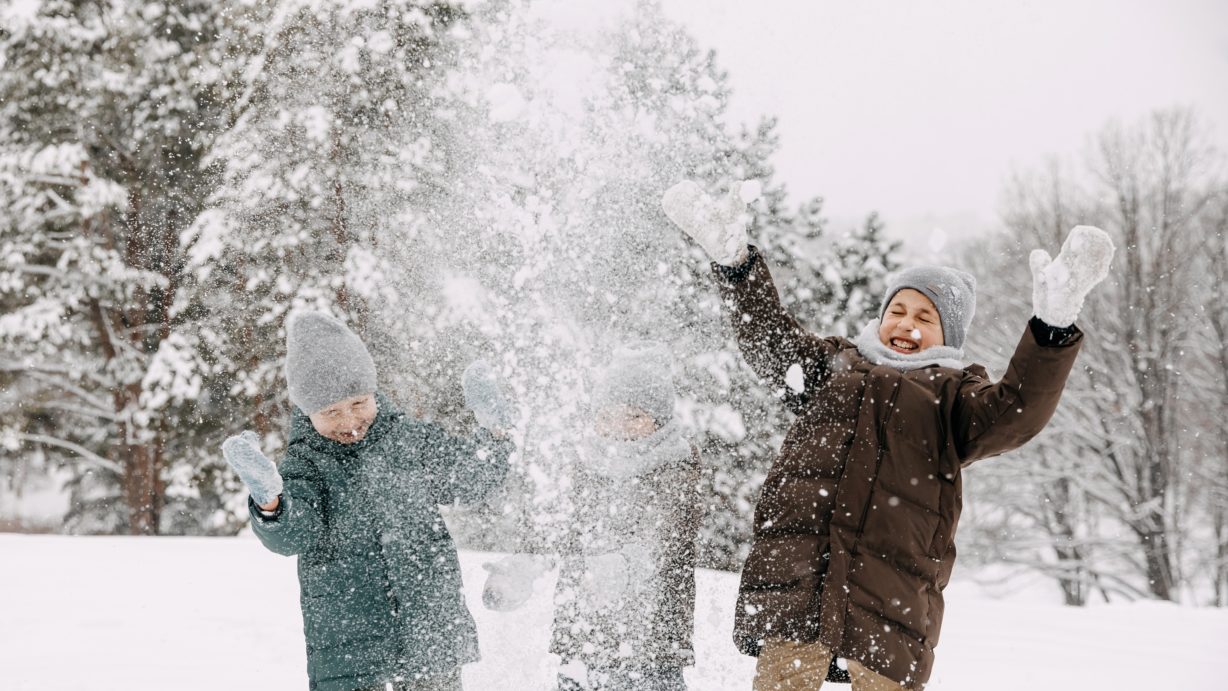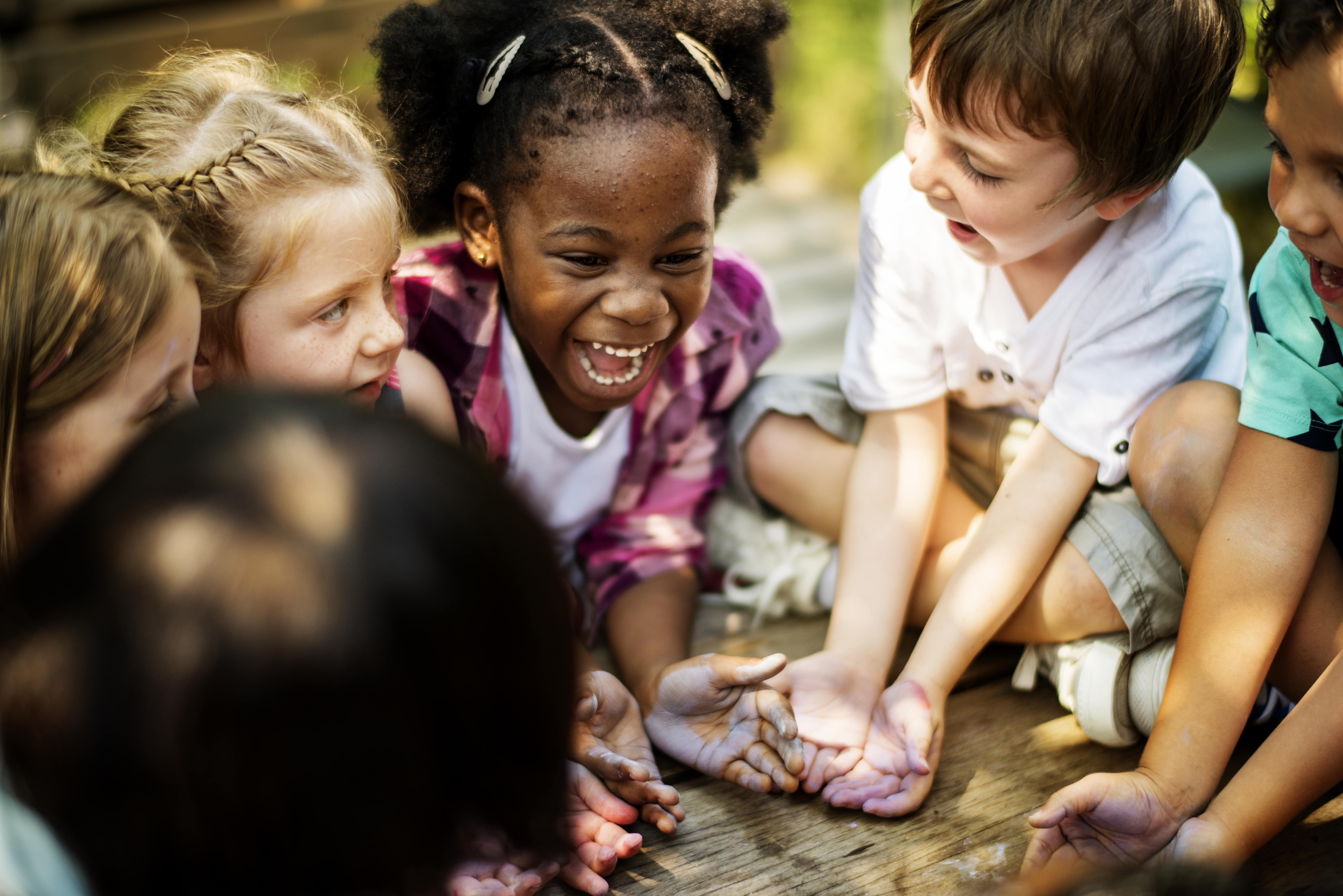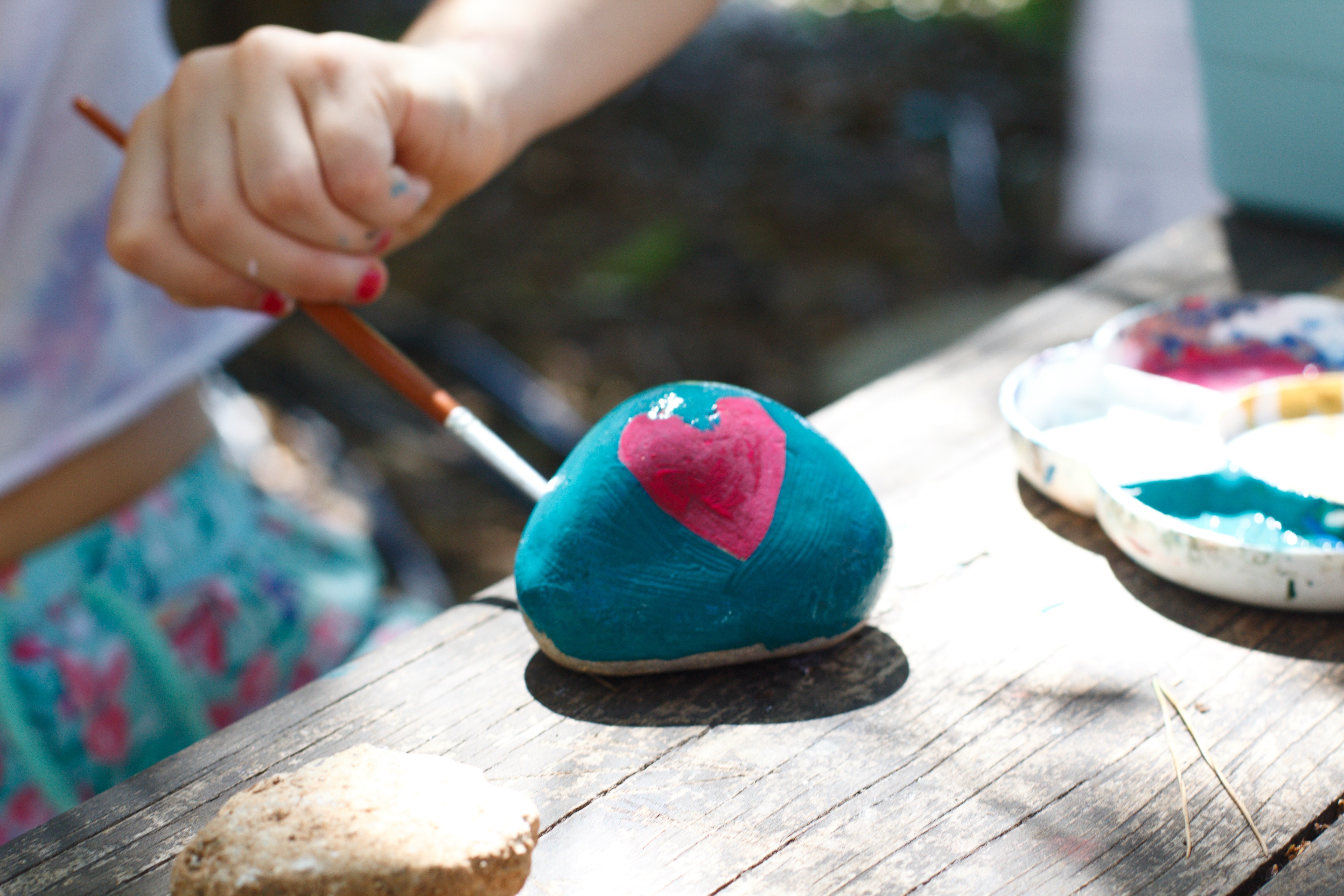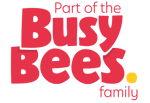Discover how outdoor learning using the BeeCurious Curriculum builds physical literacy, boosts cognitive growth, and inspires joyful, active exploration.
At BrightPath, we believe that learning isn’t confined to four walls. It thrives in open skies, grassy patches, and the joyful echoes of children at play. That’s why our BeeCurious Curriculum places such a strong emphasis on outdoor learning environments as a core setting for physical and cognitive development. Here, movement isn’t just exercise, it’s education in motion.
What Is Physical Literacy?
Physical literacy goes beyond just running and jumping. It’s about helping children develop the confidence, competence, and motivation to move in a wide variety of ways. From balance and coordination to spatial awareness and strength, physical literacy builds the foundation for a healthy, active lifestyle, and it's deeply connected to how children think, focus, and learn.
Why the Outdoors Matters
Outdoor play in the BeeCurious Curriculum isn’t simply free time. It’s a carefully designed, daily opportunity (up to two hours each day) to develop physical literacy in ways that are joyful, purposeful, and engaging. By integrating nature exploration, creative movement, and educator-guided activities, children not only develop physically, but also make meaningful cognitive and social gains.
Our Inter-Curricular programs, such as our WeeMove™ program (tailored for toddlers and preschoolers) and our Yoga and Movement program offer structured ways to introduce key movement skills, while our educators continuously observe and plan personalized activities based on each child's strengths and interests.
What Does This Look Like in Action?
Here are a few examples of how outdoor activities promote physical and cognitive development:
- Nature Freeze Tag: During our current BeeCurious Study, children play tag, but with a twist; when tagged, they must freeze in shapes inspired by nature (like leaves swaying in the wind or waves crashing at sea), encouraging balance, imagination, and upper-body coordination.
- Parachute Play with Loose Parts: Children collect natural items like leaves and flower petals, place them on a parachute, and work together to make it “snow in spring.” This fosters collaboration, upper-body strength, and rhythm.
- Seasonal Adaptations: Whether it’s navigating a winter obstacle course, painting snow with watercolours, or participating in sponge tosses during summer, educators tailor physical literacy experiences to the weather, ensuring year-round outdoor engagement.
Observing Progress Through Play
Our educators don’t just facilitate play, they actively observe, assess, and adapt. During the first guided week of each BeeCurious Study, educators observe children’s movement patterns and interests. These insights are used to plan targeted physical literacy activities.
We also use assessment tools like Pearson Assessments to track development and ensure that every child is supported and challenged appropriately. Educators adjust in real time, creating environments where every movement is meaningful.
Making Learning Come Alive
Sometimes, traditional circle time can be challenging for children who learn best through movement. We often bring stories outdoors, transforming them into full-body experiences. For example, “Going on a Bear Hunt” becomes a physical journey through an animal movement circuit, where children gain gross motor skills while building vocabulary, storytelling abilities, and peer collaboration.
These experiences are particularly powerful for kinesthetic learners, who benefit from the chance to move their bodies while learning complex concepts.
Beyond Movement: Learning Across Domains
Our outdoor environments also support other areas of development:
- Math and Science: Children sort and pattern natural objects, explore textures, or go on scavenger hunts tied to STEM concepts.
- Creativity and Drama: Easels line the fence for painting, while dramatic play scenarios unfold on grassy fields.
- Collaboration and Communication: Building challenges and group storytelling invite children to work together, solve problems, and express themselves.
Each outdoor experience is designed to include at least four additional learning opportunities, from literacy to engineering with natural materials.
What Families Are Saying
Families often share how thrilled they are to see the intentionality behind outdoor learning. When children have opportunities to rest, explore quietly, or dive deeply into hands-on, meaningful activities (even in a play space) it nurtures every aspect of their development.
One parent recently shared, “It’s incredible to see my child come home talking about math patterns and science experiments from the playground. The outdoor classroom has become their favourite place to learn!”
Final Thoughts
Here at BrightPath, we know that movement is more than fun—it’s foundational. Outdoor learning environments offer a rich, natural canvas for building physical literacy, promoting cognitive growth, and inspiring curiosity that lasts a lifetime. As children explore, leap, balance, and imagine, they’re not just playing, they’re becoming confident, capable learners.







